Video of the Week:
Harvesting and Storing Onions
Upcoming Events:
July 30 K-State Research & Extension Center Horticulture Field Day, Olathe
http://www.johnson.k-state.edu/lawn-garden/horticulture-field-day.html
August 4 Kansas Turfgrass Field Day, Manhattan
https://turffieldday.eventbrite.com
Vegetables:
Pulling Onions
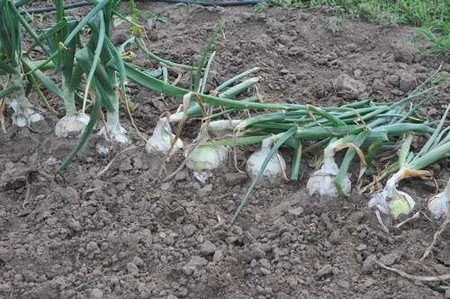
After tops are completely dry, store in a cool, dry location. Large-necked onions take more time to dry than small-necked onions such as Bermuda types. Avoid storage in plastic bags because the lack of air circulation will shorten storage life. Use an open, mesh bag instead. (Ward Upham)
Vegetables Produce Flowers But No Fruit
Squash, cucumbers, watermelon, and muskmelon can have a couple of other problems. First, the early flowers on these plants are usually all male. The production of both male and female flowers becomes more balanced as time passes. You can easily tell the difference between the two because only the female flower has a tiny fruit behind the blossom. If you have both, have not overfertilized, and still have a problem, make sure you have pollinators. Look for the presence of bees visiting the plants. If you don't see any, try hand-pollinating several flowers. Use a painter’s brush to transfer pollen from the anther of the male flower to the stigma of the female flower. If you get fruit on only those flowers you pollinated, you need more pollinators.
Make sure you aren't killing the pollinators with overuse of insecticides. Tomatoes are wind pollinated and therefore not dependent on pollinators. But they have another possible problem, which is temperature. Tomatoes normally won't set if the night temperature is below 50 due to sparse pollen production. This, of course, is only a problem early in the season. However, they also won't set when nighttime temperatures are above 75 degrees F and daytime temperatures are above 95 degrees F with dry, hot winds. (Ward Upham)
Blossom End Rot
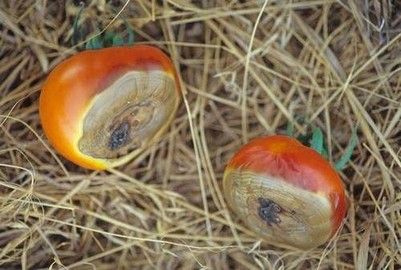
Actually, there are a number of possible causes, especially on tomatoes. Let's look at some of them.
- Tomato tops often outgrow the root system during cooler spring weather. As long as it is cool, the root system can keep up. When it turns hot and dry, the plant has a problem, and water — with the calcium it carries — goes to the leaves and the fruit is bypassed. The plant responds with new root growth and the condition corrects itself after a couple of weeks.
- Heavy fertilization, especially with ammonium forms of nitrogen, can encourage this condition. Heavy fertilization encourages more top than root growth and the ammonium form of nitrogen competes with calcium for uptake.
- Anything that disturbs roots such as hoeing too deep can encourage blossom-end rot. Mulching helps because it keeps the soil surface cooler and therefore a better environment for root growth.
- Inconsistent watering can be a factor. Keep soil moist but not waterlogged. Mulching can help by moderating moisture levels over time. You should also avoid damaging roots and watch fertilization. But there are some years you do everything right and the condition shows up due to the weather. In such cases, remember that blossom-end rot is a temporary condition, and plants should come out of it in a couple of weeks. You may want to pick off affected fruit to encourage new fruit formation.
Soils with adequate calcium will not benefit from adding additional calcium. If your soil is deficient in this nutrient, add 1 pound gypsum per 100 square feet. Gypsum is calcium sulfate and will not affect pH. Though calcium raises pH, sulfate lowers it and the two cancel each other out. Even if not needed, gypsum will not hurt anything.
We have also found that spraying plants with calcium doesn't work. The fruit's waxy surface doesn't allow absorption of the material and calcium does not move from the leaves to the fruit.
Last of all, there are years you can do everything right and still have blossom end rot. As mentioned above, the condition should correct itself in a couple of weeks. (Ward Upham)
Harvesting Potatoes
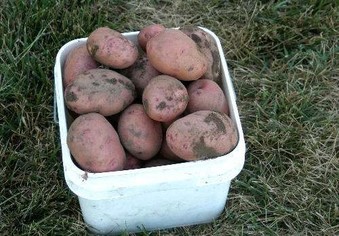
Turfgrass:
Is My Lawn Still Alive?
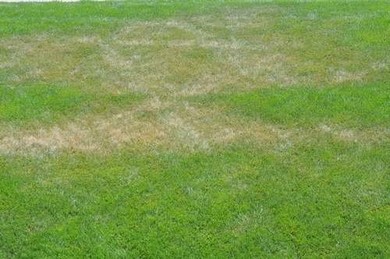
Apply about 1/4 inch of water every two weeks to hydrate the crown. This will be enough to hydrate the crown but not enough to encourage weed germination and growth.
The recommendations differ for a lawn that was overwatered or received so much rain this spring so that it produced a limited root system. Such a lawn may die unless allowed to slowly enter dormancy. This is done by shutting off the water gradually. For example, instead of watering several times a week, wait a week before irrigating. Then don’t water again for two weeks. Thereafter, water every two weeks as described above.
If you are wondering if the turf is still alive, pull up an individual plant and separate the leaves from the crown. The crown is the area between the leaves and the roots. If it is still hard and not papery and dry, the plant is still alive. When rains and cooler weather arrive, the turf should come out of dormancy. However, we will probably have to deal with weeds that germinate before the turfgrass grows enough to canopy over and provide enough shade to keep weed seeds from sprouting. (Ward Upham)
Fruit:
When to Pick Blackberries
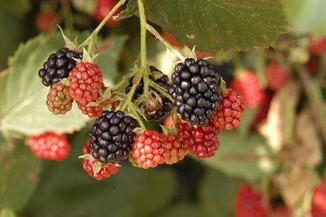
Two major characteristics determining maturity for harvest are fruit color and ease of separation. Blackberries usually
develop a dull, black color with plump, juicy fruitlets as they ripen. The berries soften and produce the characteristic blackberry flavor. Full color often develops before the berries separate easily. Pick the berries by gently lifting with the thumb and fingers. The receptacle, or center part of the fruit, remains in the fruit when blackberries are harvested, unlike raspberries, which leave the receptacle on the bush. Take care not to crush the berries or expose them to the hot sun. When possible, avoid picking berries when they are wet. They'll probably need picking every second or third day. Cool the berries immediately after harvest to extend shelf life. Keep them refrigerated under high relative humidity and use within three to five days. (Ward Upham)
Ornamentals:
Trees Losing Leaves
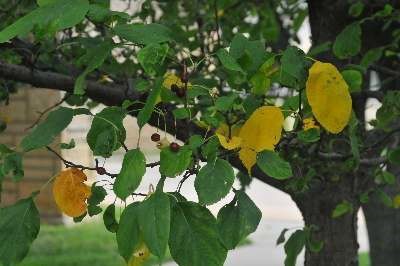
If falling leaves are well distributed throughout the tree and result in a general thinning of the leaves, the problem is not serious. Trees will often set more leaves in the spring than they can support during the summer. Heat and drought stress will cause the tree to lose leaves that it cannot support with the available soil moisture. Leaves that drop are most often yellow with no discernible disease spots. However, at times, we can have green leaves drop that appear perfectly healthy. As long as the leaf drop results in a gradual thinning of the leaves, the tree should be fine if it is kept watered during dry periods.
In some cases we may see virtually all of the leaves drop. Certain trees such as hackberry can drop all of the leaves and enter summer dormancy. We are a bit early for this to occur but may happen later in the summer if the dry, hot weather continues. Trees that are summer dormant should have supple twigs and healthy buds. Usually, the effect on the health of the tree is very minor and the tree leafs out normally next spring. As long as the tree has enough stored energy reserves to make it through to next spring, it will survive. The twigs and buds tell the story. If the buds die and the twigs become brittle, at least that part of the tree is dead.
The last case involves trees that have leaves that die and remain attached to the tree. This can happen seemingly overnight. In such cases, the tree couldn’t keep up with moisture demands and died quickly. This year, the cause may be due to excessive rains this spring damaging root systems. As in the last case, the twigs and buds are the most important clue as to the health of the tree. As long as the buds are alive and the twigs are supple, do not remove the tree, it still has life.
If you limited ability to water and need to prioritize, trees should come first because they are the most difficult and expensive to replace. They also take the most time to reach an acceptable size.
Last week we had a couple of articles on watering trees. You can find those articles at: http://hnr.k-state.edu/extension/info-center/newsletters/2016/June21_2016_25.pdf (Ward Upham)
Contributors: Ward Upham, Extension Associate
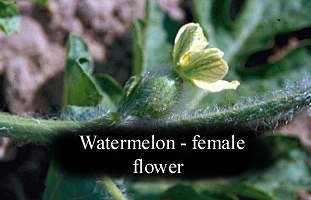
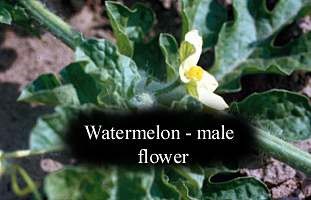
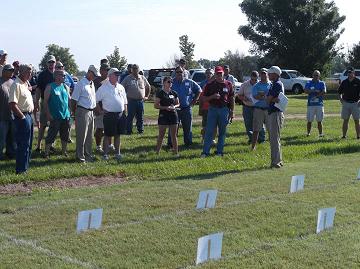
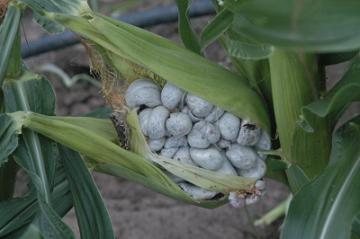
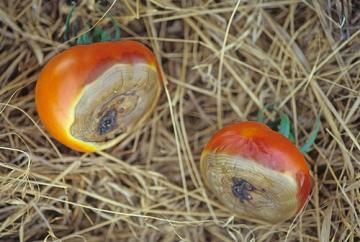
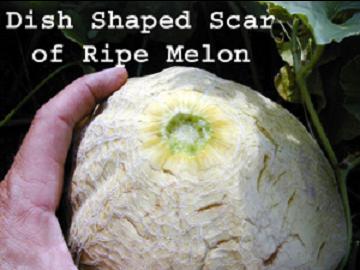
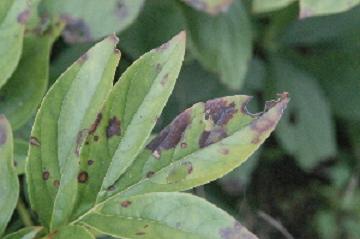
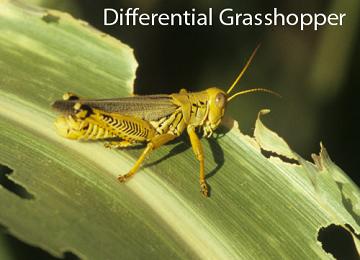
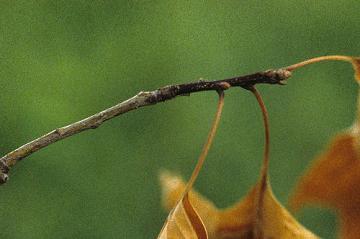
 RSS Feed
RSS Feed
